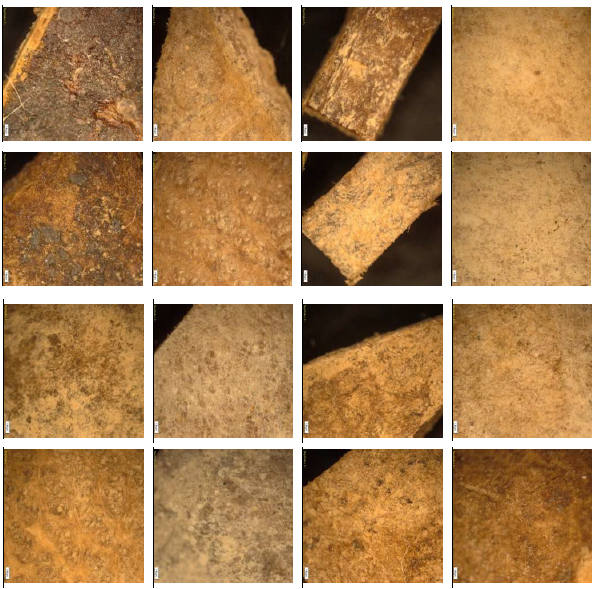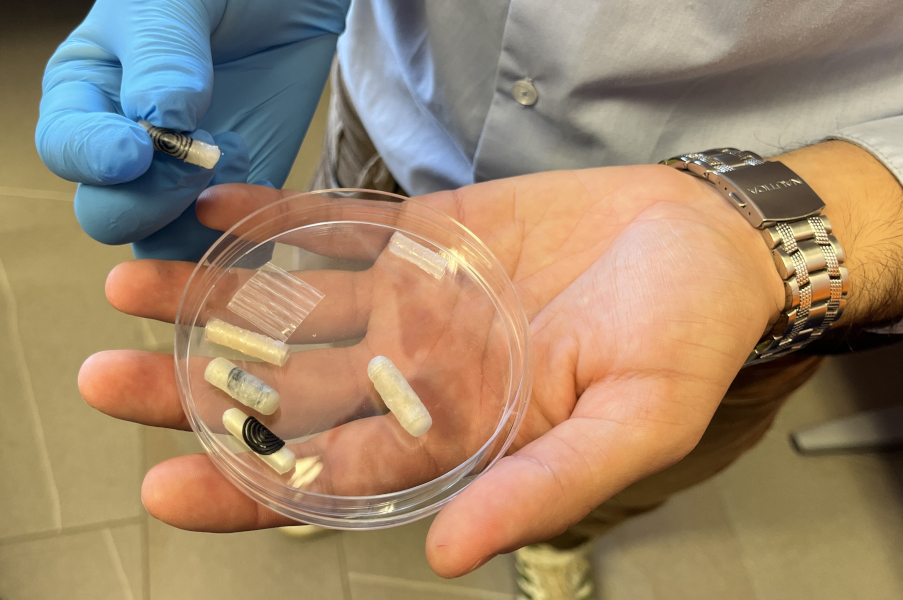The Dead Sea Scrolls are older than previously thought, and in some cases their writing is contemporary with the time when the anonymous authors of the biblical texts lived. This is the finding of a new international study published in the journal PLOS One, in which the University of Pisa, along with the universities of Groningen and Southern Denmark, participated in the European project ERC “The Hands that Wrote the Bible”. For the first time, the research has merged artificial intelligence with radiocarbon dating, enhancing the accuracy of manuscript chronology.

Tests conducted on 135 scrolls have revealed that numerous manuscripts are actually much older than previously believed. The manuscripts in Asmonean writing, traditionally dated between 150–50 BC, may in some cases date back to before the mid-2nd century BC (i.e. around 175–150 BC or even the late 3rd century BC). The Herodian script has also been found to be older than expected, pointing to a coexistence of the two styles as early as the late 2nd century BC, rather than from the mid-1st century BC, as previously assumed.
The study also led to the identification of two manuscript fragments—4QDanielc and 4QQoheleta—from the Books of Daniel and Ecclesiastes, dating to the 2nd and 3rd centuries BC, respectively. These fragments originate from the same era in which the anonymous authors of the biblical texts are believed to have lived. For the first time, fragments of the Bible can be linked with high probability to the period in which their texts were originally composed, offering tangible evidence for scholars investigating the origins of the Bible and the transmission of its writings.
A team from the University of Pisa—Professors Ilaria Degano and Maria Perla Colombini, along with Dr Jacopo La Nasa of the Department of Chemistry and Industrial Chemistry—contributed to the study by developing innovative protocols to remove contaminants from the fragments. These included residual substances from past restoration efforts that could have compromised the accuracy of radiocarbon dating.

“Our role was to ensure that the materials sent for dating were as clean as possible and free of residues that could distort the results,” explains Professor Ilaria Degano. “To achieve this, we developed and validated a specific protocol that removes contaminants without damaging the sample and allows for analytical verification of its integrity.” It was a challenge that demanded extreme precision, as we were working with unique and fragile artifacts. This highly innovative approach sets a new benchmark for the preparation of ancient manuscripts for radiometric dating and can be applied to similar materials in future research.”
The physicochemical data obtained also played a crucial role in training Enoch, a new machine learning model designed to estimate the age of manuscripts based solely on images of the script. Developed at the University of Groningen, Enoch is powered by BiNet, a deep neural network that analyses ink traces and the morphology of handwritten characters. Validated against radiocarbon dating, the algorithm achieved an unprecedented level of accuracy, with a margin of error of approximately 30 years—or less—surpassing that of traditional radiometric techniques for the period in question.



